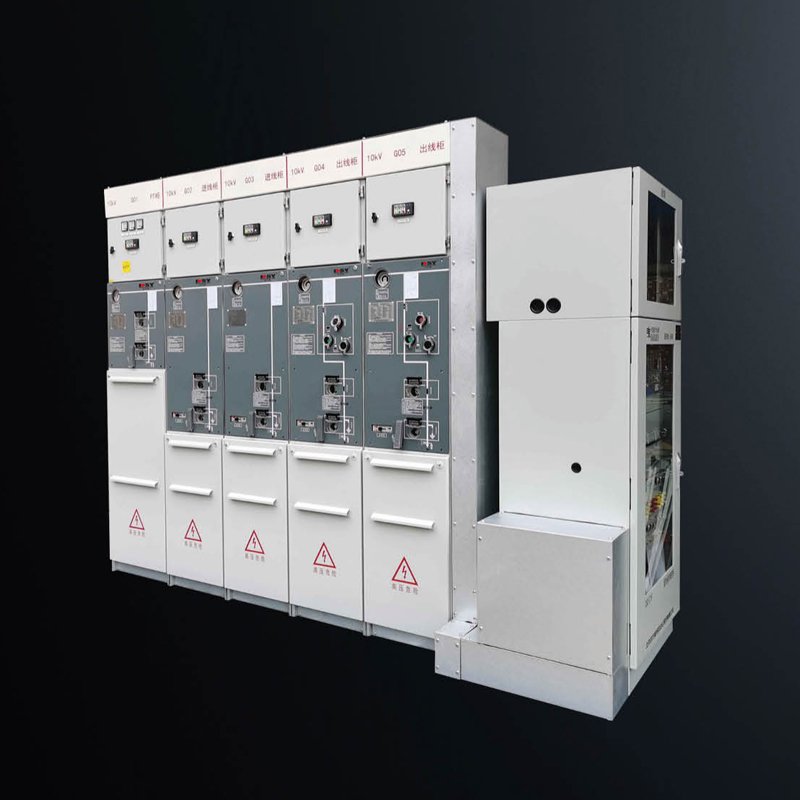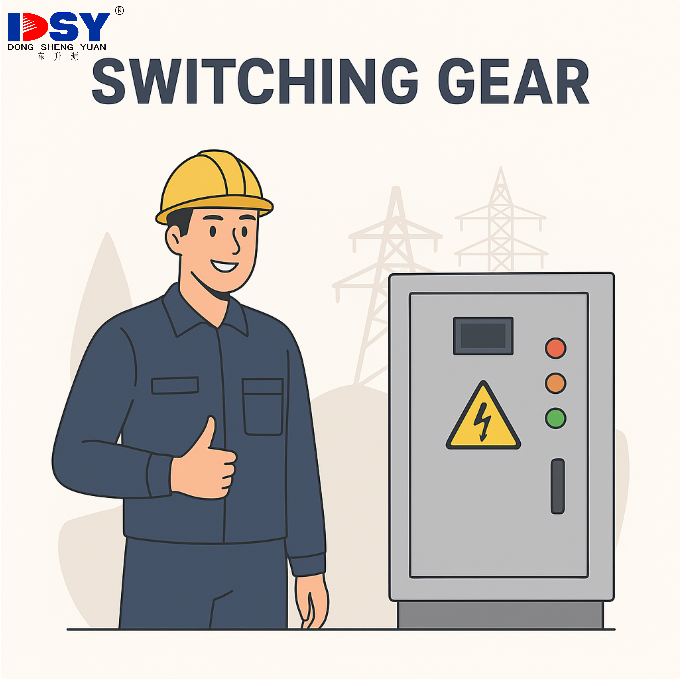RMU vs Switchgear: Key Differences & Buyer Selection Guide
Choosing the wrong medium-voltage (MV) distribution equipment can result in costly project delays, failed certifications, or even power outages. For industrial buyers and procurement managers, the priority is not just technical understanding, but ensuring that the selected equipment aligns with compliance requirements, delivery timelines, and long-term performance. This guide compares Ring Main Units (RMUs) and Medium Voltage Switchgear from a procurement-focused perspective—helping you avoid critical sourcing errors.
What Is a Ring Main Unit (RMU)? – Compact, Reliable, Smart MV Solution
An RMU is a sealed-for-life MV switchgear solution engineered for looped network applications where space, reliability, and minimal maintenance are priorities. RMUs are commonly pre-configured and site-ready, with insulation and switching devices housed in a compact enclosure. 
Key Components & Insulation Types
- Load break switch (LBS), earth switch, fuse or circuit breaker
- Insulation media: SF₆ gas, solid dielectric, or vacuum/air
Project Suitability & Compliance
- Complies with IEC 62271 standards
- Ideal for underground vaults and compact substations
- Low lifecycle cost, minimal on-site maintenance
What Is Medium Voltage Switchgear? – Scalable and Customizable MV Control
Medium Voltage Switchgear refers to customizable electrical assemblies designed for radial and open-loop networks. It is preferred in large-scale industrial facilities where high fault tolerance, expandability, and complex feeder arrangements are required. 
Key Variants & Standards
- AIS (Air Insulated) – Cost-efficient but requires more space
- GIS (Gas Insulated) – Compact, sealed enclosure
- Compliant with IEC standards, available with FAT documents
Best Use Cases
- Utility substations, refineries, and steel plants
- Facilities requiring SCADA-ready diagnostics
- Projects with modular expansion requirements
RMU vs Switchgear – Technical & Commercial Comparison
| Selection Factor | RMU | Switchgear |
|---|---|---|
| Network Type | Looped | Radial / Open-loop |
| Footprint | Compact, sealed | Modular, larger footprint |
| Voltage Rating | 7.2kV–36kV | 3.3kV–40kV+ |
| Short-Circuit Capacity | Up to 25kA | Up to 40kA+ |
| Configuration Flexibility | Limited (pre-engineered) | High (fully customizable) |
| Maintenance | Sealed-for-life | Routine servicing required |
| Compliance | IEC 62271 + optional FAT | IEC + Arc-rated + FAT |
| Lifecycle Cost (TCO) | Lower | Higher, but scalable |
Procurement Evaluation Checklist
- Network topology: Is it looped or radial?
- Available space: Is the site compact or modular?
- Compliance needs: IEC 62271, arc classification, FAT documentation?
- Installation speed: Need site-ready or modular integration?
- O&M capabilities: Internal team vs low-maintenance systems?
- SCADA integration: Required now or in future?
- Total Cost of Ownership: Capex + Opex + failure risk?
Conclusion
RMUs and medium voltage switchgear each serve distinct engineering and commercial goals. Choosing the wrong model can cause commissioning failures, safety risks, or certification delays. For looped, compact networks—RMUs are ideal. For scalable, high-capacity projects—switchgear is your best fit.
Contact Us
Need a detailed spec sheet or project quote? Contact DSY Electric today to get IEC-compliant documentation, FAT reports, and sourcing advice tailored to your project needs.





